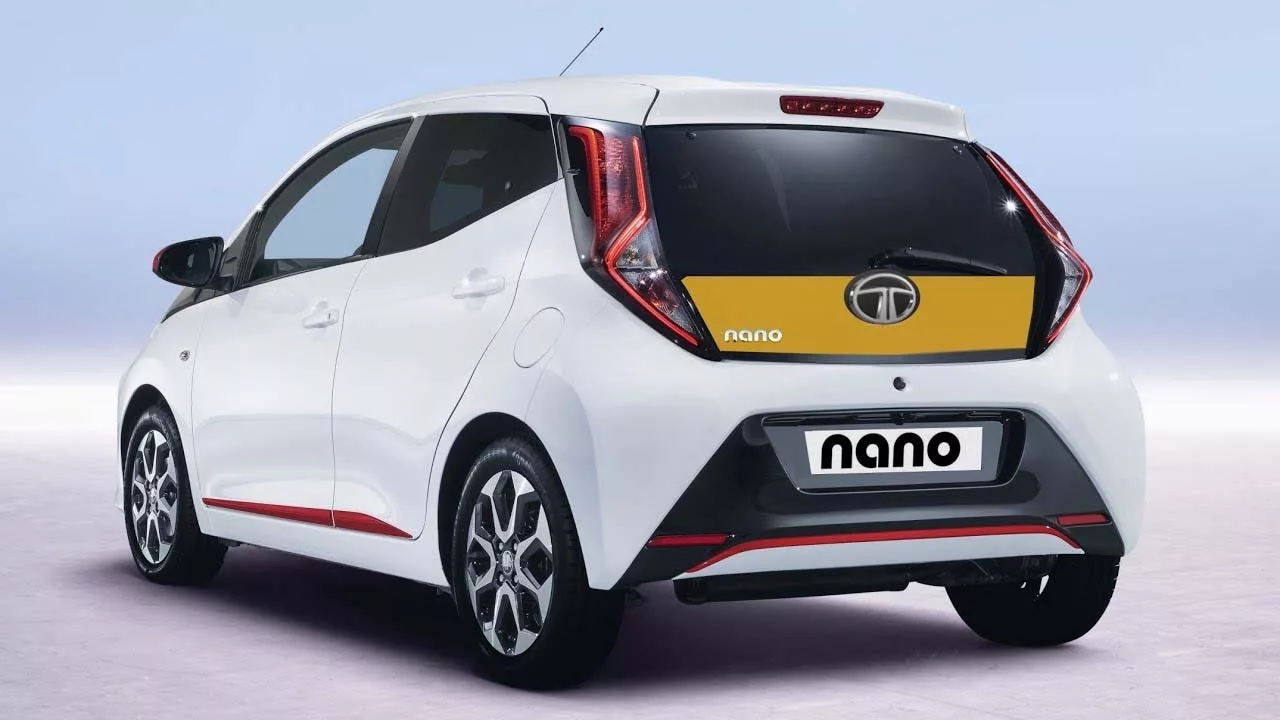
In 2008, the Tata Nano made global headlines by setting an ambitious target to be the “world’s most affordable car.” Priced at a groundbreaking ₹1 lakh (around $1,300 USD) during its launch, this compact hatchback, with its rear-engine design, sought to transform personal mobility in India by providing millions with unprecedented access to car ownership. Despite facing challenges and undergoing adaptations along its journey, the Nano stands as a noteworthy chapter in the history of the Indian automotive industry.
Envisioned by Ratan Tata, the ex-chairman of the Tata Group, the Tata Nano emerged from a vision to empower the masses with the freedom and convenience of individual transportation. Its focus was on those dependent on public transport or two-wheelers, presenting a safer, more comfortable, and weather-protected alternative at a significantly lower cost compared to traditional cars.
The Nano’s emphasis on functionality and affordability took precedence over extravagance in its design. Its compact dimensions, minimalist interior, and single-cylinder engine were crafted to keep costs low while providing essential transportation features. Although some voiced criticism regarding its simplicity, the Nano found favor among those who viewed it as a practical means to attain a more improved lifestyle.
Despite the initial enthusiasm, the Nano encountered various challenges. Issues related to the perception of being “cheap” and safety concerns initially impeded its sales. Furthermore, the increasing popularity of economical motorcycles and the changing market trend towards more spacious cars with additional features presented additional hurdles.
Over the years, Tata Motors has consistently adapted and enhanced the Nano. The introduction of upgraded variants, incorporating features such as air conditioning, power steering, and enhanced safety measures, showcases the company’s commitment to improvement. Furthermore, in response to the increasing demand for eco-friendly transportation, Tata Motors has explored alternative fuel options, exemplified by the launch of the Nano CNG variant.
The legacy of the Nano transcends mere sales figures. It ignited a discourse on accessible mobility and the possibilities of domestic car manufacturing in India. Additionally, it became a symbol of aspiration and social mobility, providing a glimpse of a brighter future for numerous first-time car buyers.
Though the future of the Nano remains uncertain, it still maintains a presence in the Indian market. In 2020, Tata Motors revealed the discontinuation of passenger car variants, opting to concentrate solely on the CNG variant tailored for the commercial segment. This strategic shift mirrors the evolving dynamics of the market and the shifting preferences of Indian car buyers.
While the Tata Nano may not have reached its initial sales goals, its influence on the Indian automotive scene is unmistakable. It sparked discussions about accessible mobility and inspired a generation of prospective car owners. The Nano’s narrative stands as a testament to the potency of innovation and underscores the significance of adaptability in the ever-changing realm of automobiles.















